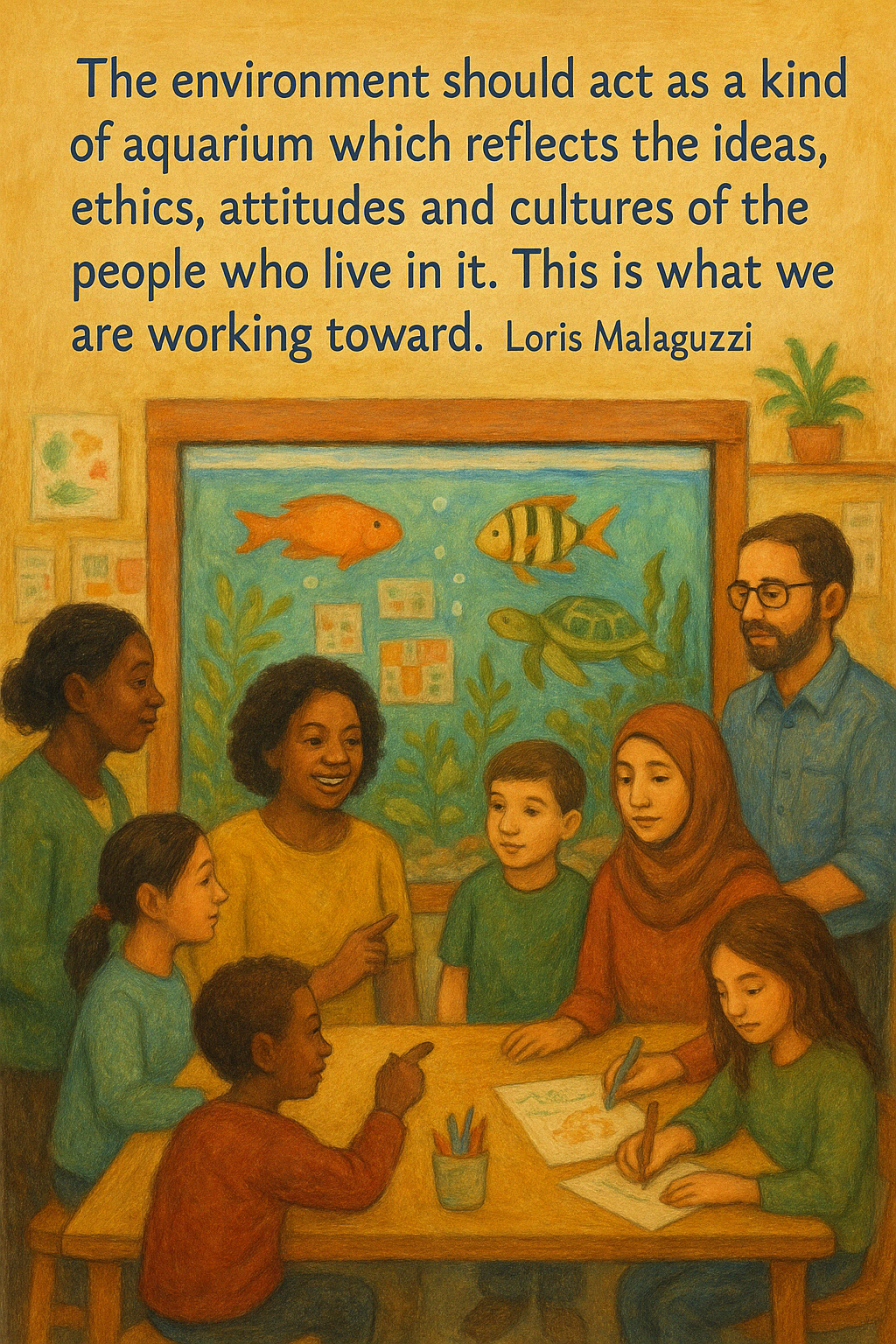A setting who gets this right will…
- Have a team that cares and respects the resources in all their working environment.
- Be able to save time looking for items out of place so more time can be spent with the children.
- Have a less frustrated team who can’t do planned activities due to lost or broken items.
- Have children who can be more independent in an environment they can navigate themselves and feel safe within.
If children feel safe, they can take risks, ask questions, make mistakes, learn to trust, share their feelings, and grow. (Alfie Kohn)
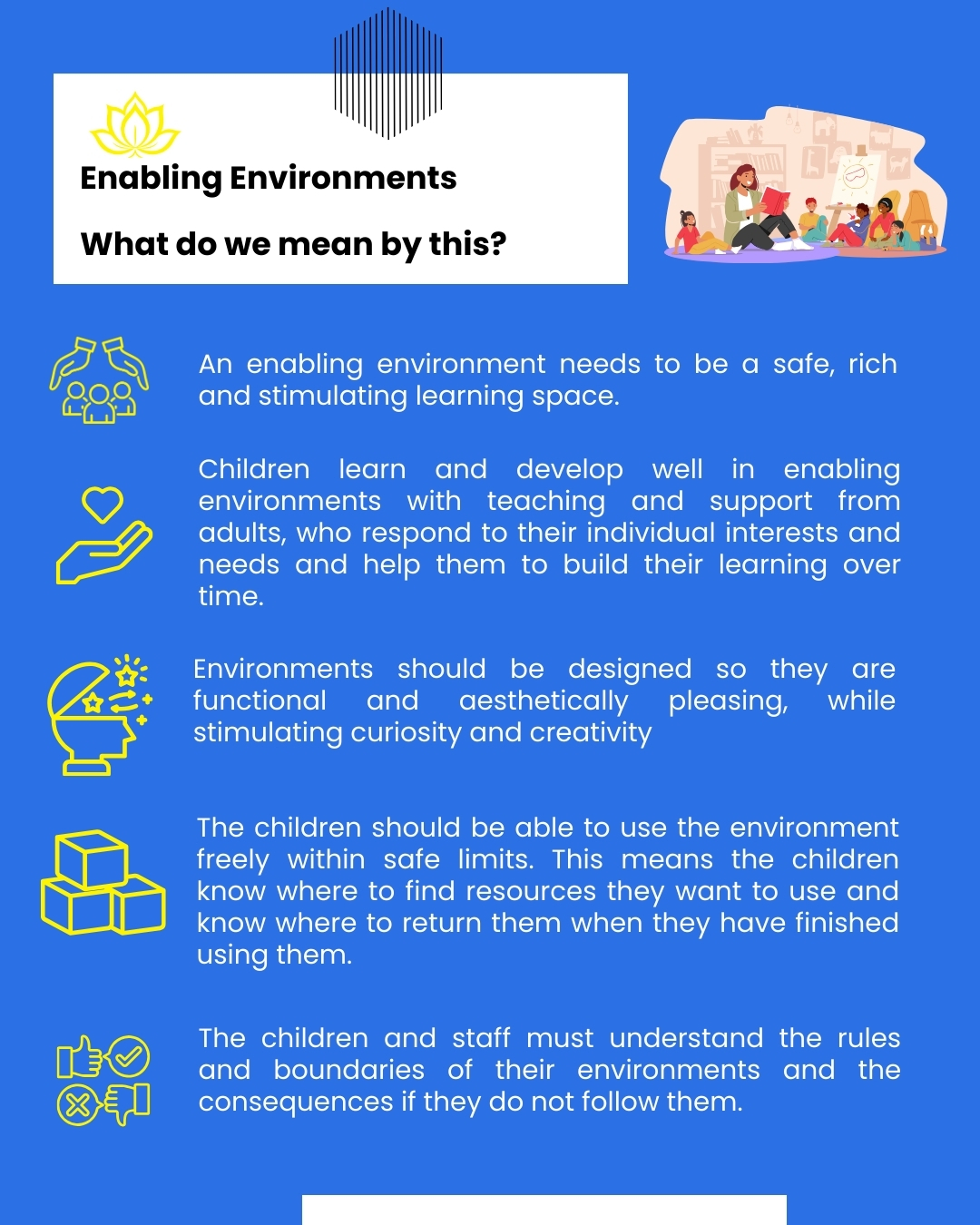
Why does this matter?
This ultimately matters because this is the behaviour we are expecting from our children and we need to role model this in all aspects of our work. Additionally, with reference to the points above, if team members are spending too long trying to find, needing to repair or thinking of alternative activities, their precious time is being wasted.
We all know working in Early Years can be very intense at times and there usually aren’t enough hours in the day. So why make things harder by not looking after the environment? Whilst this might take a little bit more time at the end of activities or at the end of the day, it will help you and your team tomorrow.
So make decisions that future you will thank you for. I like the mantra ‘don’t put it down, put it away’. This can help in your home life too, I know it has helped me.
What do Ofsted Reports capture?
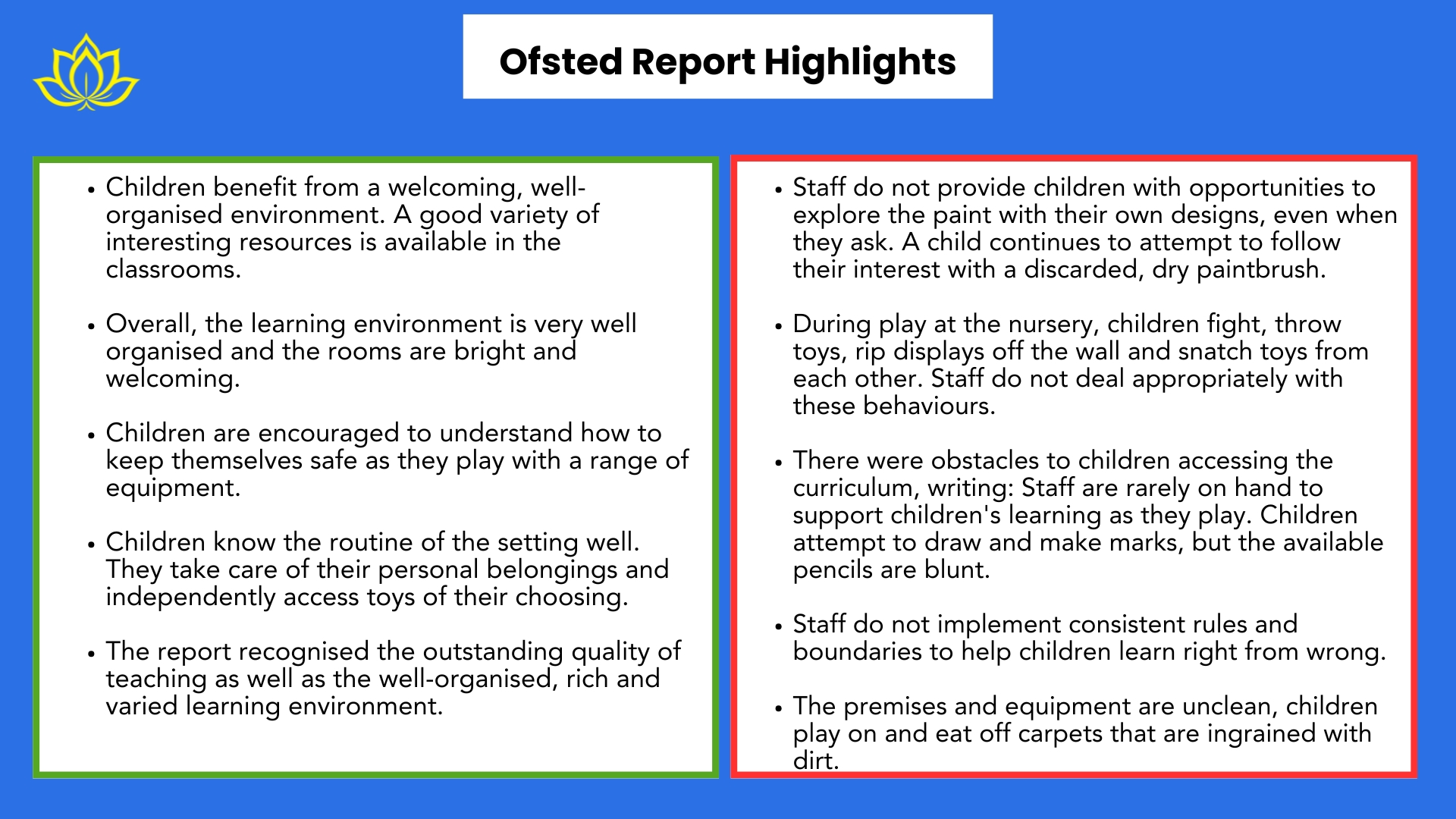
Where are you at with your environment right now?
- Resources are not cared for, and damaged items are not highlighted
- Resources are somewhat cared for but not consistently
- All resources within the environment are cared for
- Every item is like a personal possession and deeply cared for always
Why might change be needed?
Reflection is a great way to develop self-awareness, and from here self-development becomes more inevitable. So let’s start to build on this awareness of where you and your team are right now. Would all of your team answer the same to the above for example?
Task One – Time for some reflection
From reflecting above, it might be obvious why change is needed. Is it for you? Click the button below to open a reflective scenario to talk through with your team, it could be helpful to print it off and make your own, more applicable to your setting too.
As an extension, can you create an action plan together for what needs to happen today, this month, and longer term plans for the future?

If you still aren’t convinced though, you need to know that any changes you make as a result of this lesson will…
- Enhance the safety levels of the children in your care.
- Promote more enrichment and meaningful interactions between children and between adults and children.
- Promote care for items and that not everything can or should be replaced – everything costs money. If we can look after the items then it saves money in the long run and therefore we would be able to buy more resources.
A more well equipped and well presented nursery is a much nicer place to work and learn for the children, with more money to invest in enhancements for all to benefit from.
Make sure that every object used by the children has a place of its own that is easily accessible to them.
What are some of the changes you can make?
Some are more subtle than others and of course these are more generic than the action plan you would have hopefully started from task one above.
- What are your non-negotiables? As a team what things can you change and put into place that become non negotiable, and that you will challenge each other on promptly if not followed. I am sure you can think of at least 3, maybe more?!
- Make the children a partner in this endeavour. If a child draws on a table – provide them with a cloth to help clean it up, and don’t help them (unless you really need to) so they understand the consequence of their actions. This isn’t to be seen as a punishment, it is to show that caring for the environment is a responsibility that everyone shares.
- Ask the question. Even in your busy day what 3 things could you do to help promote care of the environment. Could you staple that bit of border back up on the display? It doesn’t need to be a big task as little and often will lead to noticeable improvements over time.
- Repair broken things. Not only to avoid ‘broken window theory’, but to demonstrate to children (and staff) that breaking something doesn’t mean it will be replaced with a shiny new thing. Those books are getting cellotaped back together – today!
- DON’T PUT IT DOWN PUT IT AWAY. See below…
Broken Window Theory
This is the idea that small signs of disorder—like broken windows, litter, or graffiti on a building—can lead to more serious problems if left unchecked like arson and other extreme damage, because they give the impression that no one cares.
For Early Years Teachers, this means recognising that a calm, clean, and well-organised environment can help children feel safe, respected, and ready to learn.
When we take care of the little things—like tidying up a messy corner or addressing unkind behaviour early—we send a powerful message to children about expectations, community, and care.
Here is Sam talking about this in more detail…
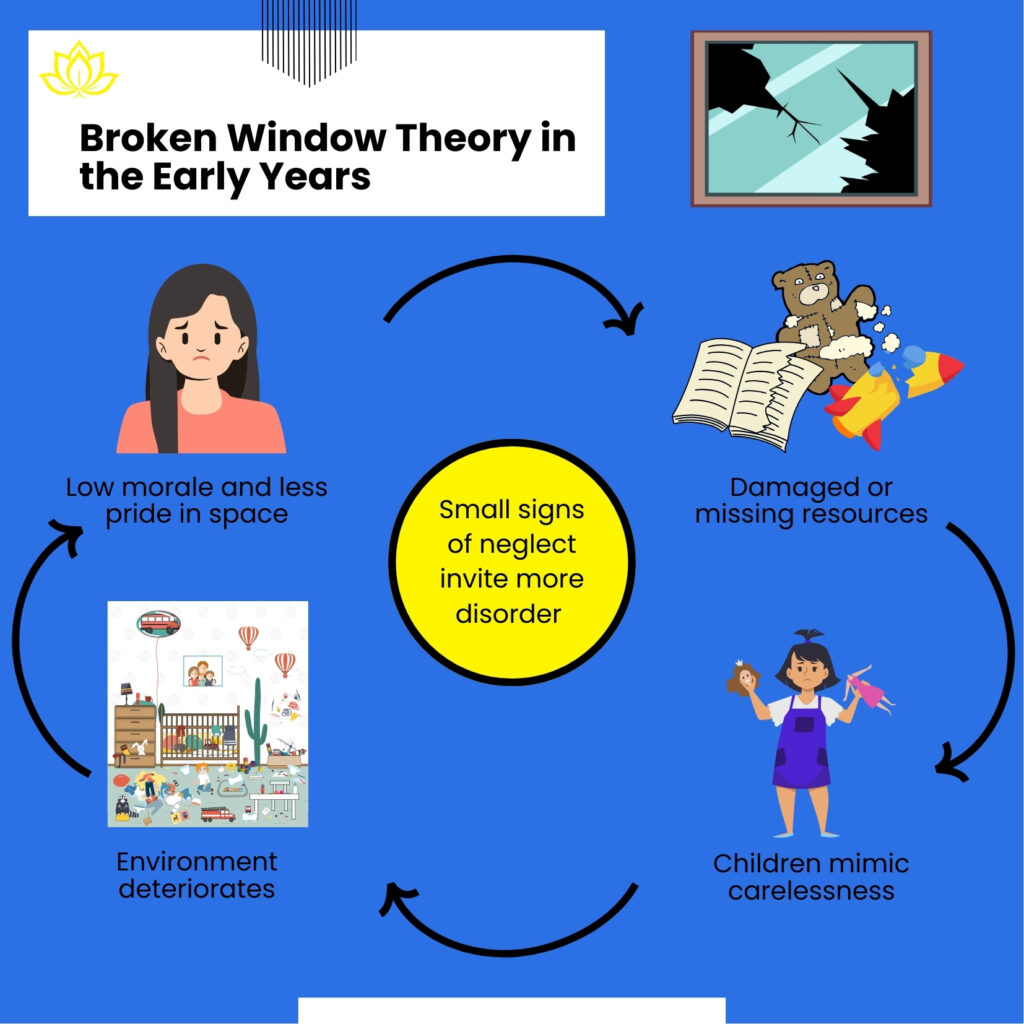

Why have these changes worked for us?
One nursery space was experiencing too many damaged books.
- This led to making a conscious effort to get the children involved in mending books either because they had stood on them and they had ripped them or we noticed a page was ripped during reading.
- This became a regular part of the end of the day routine and empowered the children to be involved in caring for their resources and environment.
- The children soon noticed if the book was ripped and would tell their teacher that we needed sellotape to mend the book which we did.
- Not only did they become more involved in this instance, they also learned how to mend a book too.
We noticed children’s peg and name labels were getting damaged too regularly.
- By getting children involved with putting up displays or peg labels, they started to take more care of them and would tell a member of staff if a label/piece of work had fallen down.
- This is one less thing for a teacher to be thinking about in the day and encourages children to be more aware when things are as they should be in their classroom.
- A win-win!
Encouraging the children to clean the tables after a meal or painting activity.
- This built the children’s ability to communicate what they were doing and recognising what area needed more attention as it was still dirty.
- The children established a clearer understanding of outcomes and setting themselves the challenge to accomplish a task and focus on being successful.
- It was a great chance of modelling practices to the children but also to each other as the peers learn from each other.
We introduced the concept of children putting their chairs away after mealtimes to promote a safe environment:
- This is going well and led to other conversations like how many chairs stacked up are a safe choice so they don’t fall. They have fallen but this has only reinforced the importance of this.
- The children use these skills everyday which consolidates their listening skills.
- The children’s ability to problem solve and test their own strength has also shown a success in this process.
Constantly losing resources – particularly glue sticks.
- We decided to name the glue sticks that we had in the classroom.
- This involved the children with picking their names which we then wrote on the board, and gave each glue stick a name label.
- Each time we tidied up, we would check that all the glue sticks were returned by calling a register.
- The children knew by name which glue stick they had used and would help by saying I used ‘Gerald on the blue table’ and this would help us to know where to look.
- The children are now taking ownership of putting their glue stick friends back where they belong.
A place for everything and everything in its place – getting the system right so that it works
- We use a self serve art station which has labelled jars of resources which the children have access to.
- We found at the end of the session although we had tidied up with the children this area was constantly disorganised, and depending which teacher was helping tidy up depended on where items were returned and we noticed this was causing lots of confusion with the children.
- Some didn’t agree with the teacher where things went and others just put them down as they knew a teacher would return it back it its normal state when they left.
- This resulted in confused staff and children and lots of time spent unnecessarily reorganising the shelves each day.
- We have created matching labels to show the children and the team where each item belongs on the shelf to make it visually easier to find where to return an item.
- Both children and teachers are now finding it easier to return their items to the designated places and keeping the area consistently organised.
A consistent theme is involving the children with setting up and packing away activities leads to greater care of the environment.
By involving the children to set up and pack away activities, they have developed a sense of ownership and show respect to the resources, rather than just chucking them in the cupboard. This is because the teachers have role modelled and spoken to the children as they went along about which resources go in which box and what happens if they throw something in the box and it gets broken. Working in collaboration with the children, they soon noticed if something was put in the wrong box and would offer to correct it.
Pause to reflect
Before moving on, click the button below to open another reflective scenario to talk through with your team. Again, it could be helpful to print it off and make your own, more applicable to your setting too.
A final bit of theory
Blooms taxonomy can be used here. It can help you to consider how the activities you engage your students in move up the pyramid to more actively involving children in their own learning.
For example, start with a classroom rule like “We look after our books” (Remembering – children will quickly be able to recall this as a classroom rule ), then progress to “understanding if we don’t look after them we have no books” (Understanding). Applying we need to look after the books if we like to listen to stories or if the books get ripped then we must try to mend them. Up to evaluate, if I walk around the book then it won’t get ripped.
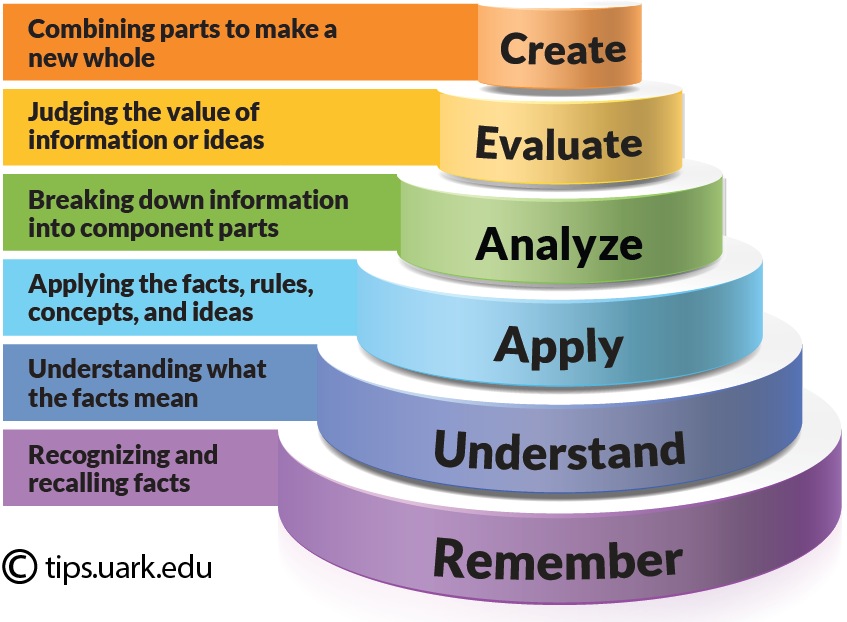
Here is Sam with a final message on why this matters…
Try the GIST – good ideas for starting things…
- Gather a box of items that are regularly used for mending items e.g staples, sellotape, cloth for cleaning pen off the table etc. so they are easily in reach and not an obstacle to getting things done.
- Take a photo of the room set up and make sure the team know where everything goes in the room. Then look over the photo, is there anything immediately that you notice that is not cared for? Sometimes we can’t see it as we have gone blind to the situation so perhaps swap photos with another room and see what they pick out. This will promote collaboration and team spirit too!
- Create a new rule or ethos that will help you on the way to overcoming the broken window theory.
Want to learn more?
- Read this article on the Montessori Prepared Environment.
- Check out this blog from the Curiosity Approach on the need for beauty in Early Childhood.
- Find out more about the broken window theory here.

